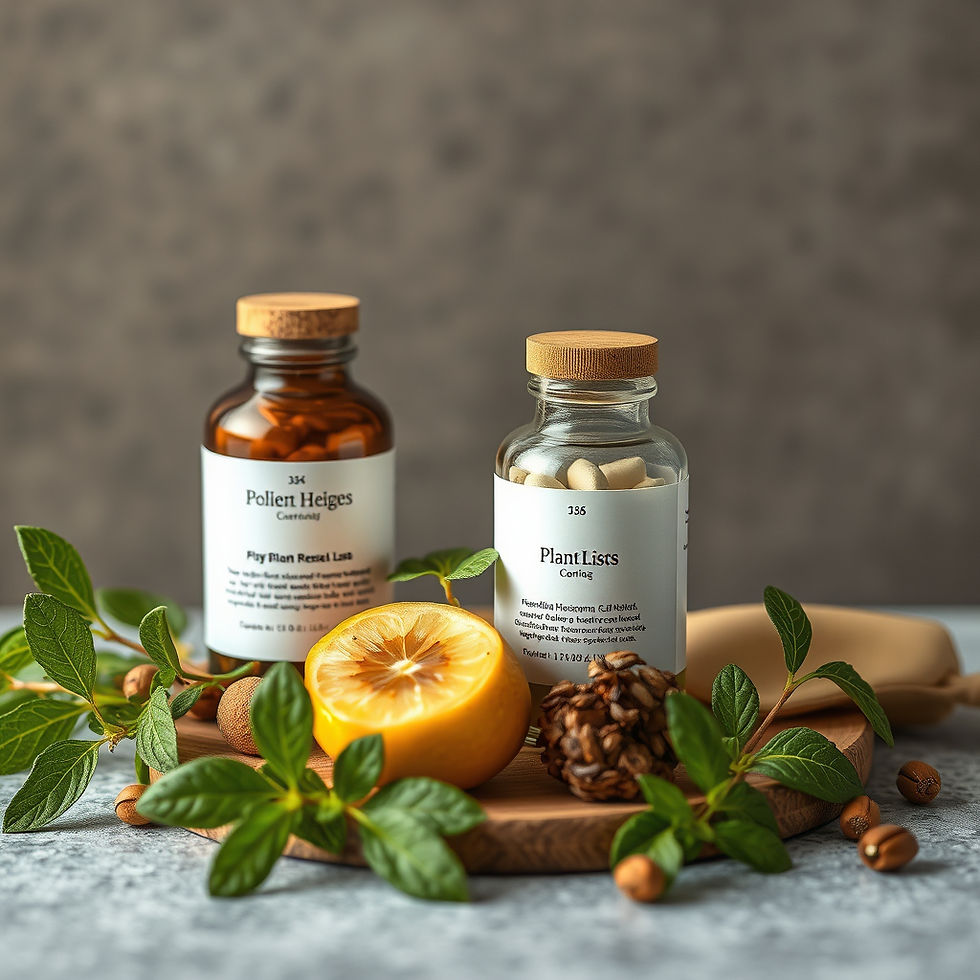Walking the Line in An Apple Cider Vinegar World: How to Navigate Traditional and Alternative Medicine
- rebeccabloom67
- Oct 21
- 3 min read

More and more, women I work with are looking for alternatives to traditional medicine. Honestly, I understand why. The options are multiplying, but so are the risks. Evaluating them is a complicated task and these days, nuance doesn’t play. Extremes dominate most conversations, but I find myself standing in the gray.
After years of working with women facing serious illness, I’ve watched the healthcare system fail women at every turn: in battles for decent coverage, struggles with access to care, dismissal and denigration, convoluted paths to diagnoses, affordability issues, workplace challenges and survivorship. The pattern is clear—the system wasn’t built for us.
So, is it any wonder that the alternative health and wellness world is booming? I don’t think so. As someone who helps women navigate their options—to heal, stay financially afloat and preserve mental health—I believe allowing our flawed third-party reimbursement system to define the scope of care plays right into the hands of the greedy and opportunistic.
I’ve seen smart, discerning women turn to complementary and alternative care: herbalism, acupuncture, breathwork, meditation, chiropractic care, yoga, bodywork, diet-based therapies, progressive relaxation, sound healing, and other modalities.
I understand why women look outside traditional medicine in America. And I’m not the only one—employers do too, which is why “wellness benefits” are a trend: give the people what they want. I try to ask hard questions. If something isn’t “evidence-based,” I ask: can it cause harm? Sometimes, the answer is yes. But I also know that women have been woefully under- researched in medicine and continue to pay the price. Just because a study hasn’t been done doesn’t automatically mean something is ineffective. Some things are still unknown or unprovable. I can accept that.
Still, I watched Apple Cider Vinegar on Netflix and I paused. I’ve seen women delay or derail care chasing unproven, often questionably monetized cures. I’ve wrestled with the “other” ways to heal. Some seem promising, but some are dangerously misleading. Some are so expensive and time-consuming that they make proven treatments less feasible. Inequity is everywhere, from the pharmacy to the retreat center.
But I understand the instinct to experiment. I do it myself. Infrared saunas temporarily ease my chronic nerve pain. It doesn’t hurt me or break the bank. And honestly, I don’t need to know why it helps. It’s not a cure, but it supports me.
But I’ve seen the dark corners of the wellness industry. It’s a slippery slope—especially for the financially vulnerable and those desperately trying to heal. Amy Larocca’s excellent book, How to Be Well: Navigating Our Self-Care Epidemic, One Dubious Cure at a Time was an eye-opener. The claims. The prices. The branding. The amplification through email marketing and social media. It’s powerful and largely unregulated.
As a women’s health advocate, I feel protective. Because, as Larocca reminds us, when it comes to anyone selling wellness and hope, we must look past the alluring language and branding to the core:
“It is their job to persuade me to come back, to spend more money on what they’ve got to give, to serve their investors, to serve themselves.”
So where does that leave us? Can it be both/and?
That’s my dilemma. I want women to have options—to feel empowered and in control of their health journeys, whatever that looks like for them. But I also struggle with the role I can play in that process.
Do I need something to have FDA approval or peer-reviewed research to help a woman navigate her path forward? Is hope enough if it doesn’t harm? What do I do when I suspect predatory pricing or manipulation? Or when I come across credible warnings about the safety of a practice? Do I speak up or step back?
I don’t have all the answers. But I have a lot of questions.


